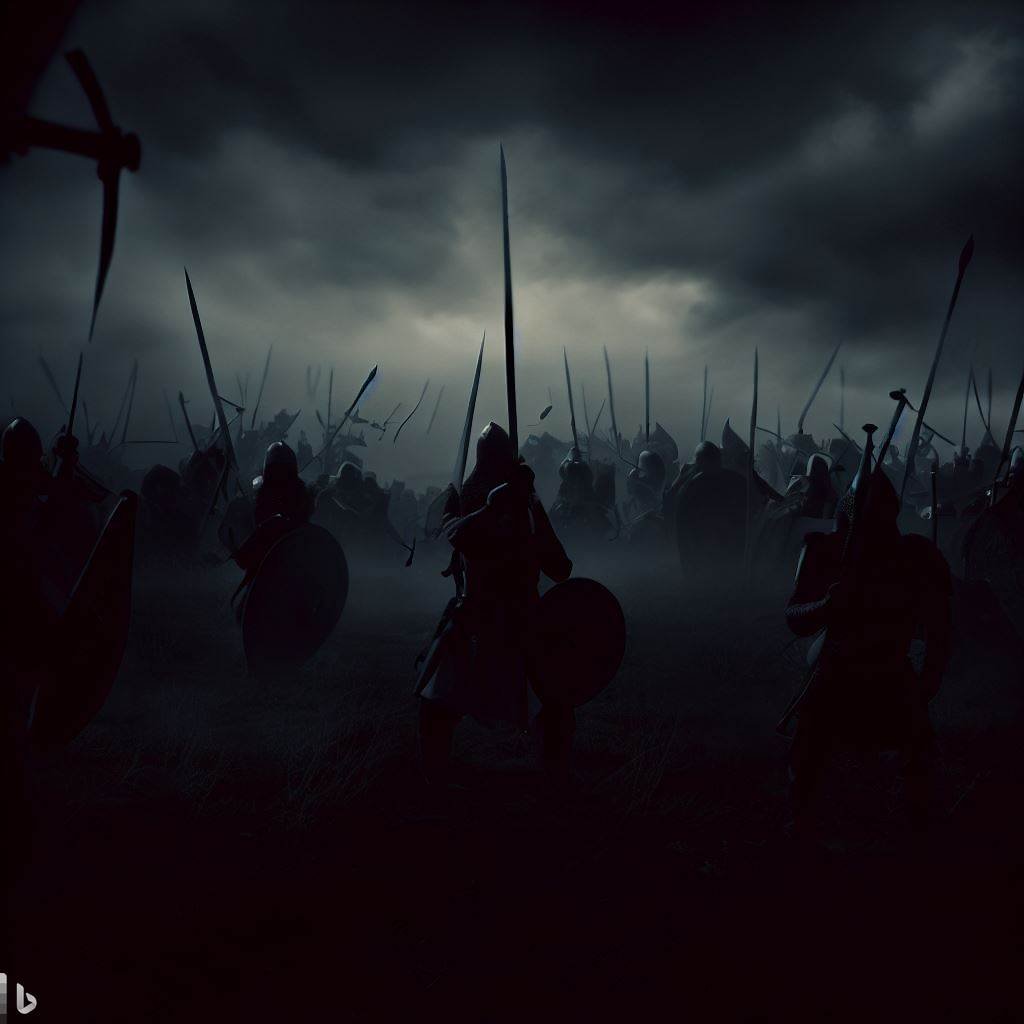
THE BATTLE OF SLUYS
KEY POINT SUMMARY
THE BATTLE OF Sluys: Key POINT SUMMARY
BACKGROUND
During the 1330s, Philip VI of France strengthened the French navy.
By 1337, France was the dominant naval power.
The French navy integrated Mediterranean-style galleys, including a fleet from Genoa.
England lacked a specialized navy, with only three named warships.
King Edward III of England sought Venetian galleys but received unclear replies. He adapted merchant cogs for warfare.
The French disrupted English trade routes and raided coastal towns like Portsmouth, Hastings, Southampton, Plymouth, and Dover.
A setback for the English: Two key ships, the Christopher and Cog Edward, were captured by the French in 1338.
By 1339, the French navy weakened due to mutiny by unpaid Genoese mercenaries and an English raid destroying 18 galleys in Boulogne.
Edward took the opportunity to reinforce the English navy and plan an invasion of France.
Philip of France adopted the English method, requisitioning 200 merchant ships for a naval "Great Army".
PRELUDE TO THE BATTLE
Philip created the 'Great Army of the Sea' and set it up at Sluys to stop potential English invasions.
The French fleet consisted of 202 ships and 19,000 sailors but was low on experienced soldiers.
Edward III, although outnumbered, decided to confront the French navy. He reorganized his fleet for naval warfare and sailed to Sluys.
Upon arriving, the French formed three chained lines across the Zwin estuary to block the English.
Edward decided to wait for favorable conditions before launching his assault on the French.
THE BATTLE
On 24 June, the English navy attacked the French with the sun behind them.
The English used larger ships to break through the French lines and longbowmen to target French troops from above.
Close combat between the two sides ensued, with the English capitalizing on the French’s lack of experience.
The French second line faced difficulties engaging due to the positioning of the first line.
Two French commanders, Quiéret and Béhuchet, faced brutal fates during the battle.
The third line of the French tried to escape but faced isolated skirmishes. Only 24 French ships managed to escape.
AFTERMATH
Out of 213 French ships, 190 were seized by the English, and casualties ranged between 16,000 and 18,000 for the French.
English casualties were much lower, between 400 and 600.
While a victory for the English, the French managed to rebuild their navy, and the war over the English Channel continued.
Post-Sluys, Edward landed his forces in France, splitting them between northern France and a siege on the city of Tournai.
The Battle of Sluys (1340)
Altnerative Reads
Source Texts

